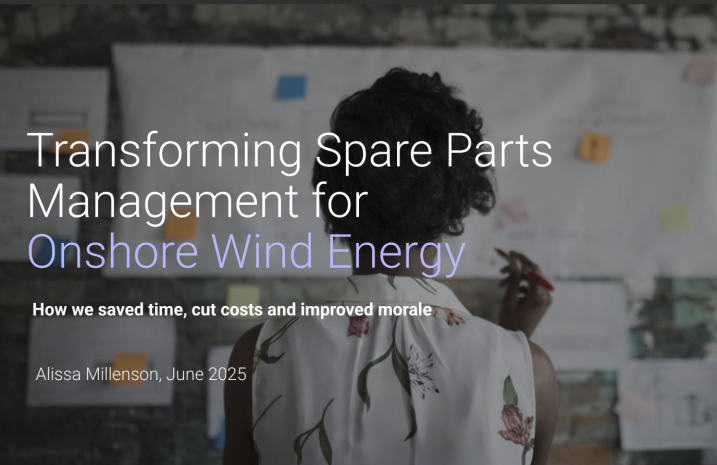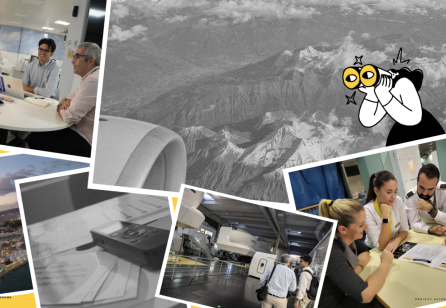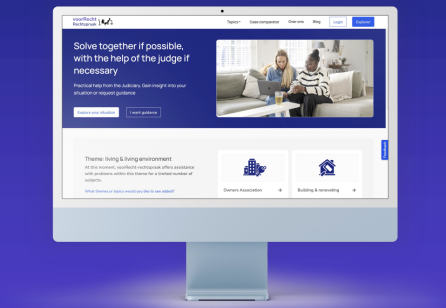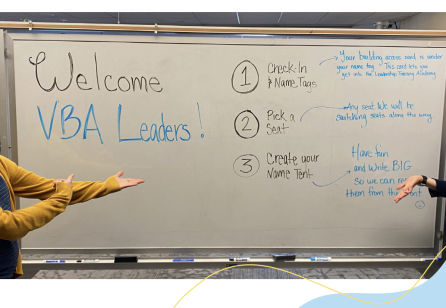BACKGROUND & CHALLENGE
An energy company’s onshore renewables division was losing millions due to inconsistent spare parts management across six wind farms. This led to low morale, wasted time, poor inventory accuracy (as low as 11%) and increased turbine downtime.
Frontline teams (technicians, warehouse coordinators, operations managers) and support staff (procurement, finance, operations) faced inefficiencies such as:
- Paper-based workflows and legacy systems
- Redundant processes across systems
- Unclear roles and slow communication across teams
The initiative aimed to save ~15% of staff time, boost employee satisfaction, standardize processes, and raise inventory accuracy to ~90%.
DESIGN-LED SOLUTION
As the Service Design Lead, I guided the team through a three-phase, human-centered transformation:
- Discovery: Researched operations at three wind farms to map current processes. We uncovered 168 pain points spanning processes, people, data, and technology. A workshop then prioritized key issues and gained stakeholder buy-in.
- Concept & Co-Design: Held workshops to design future workflows (e.g. blueprints) for top use cases. We created storyboards and simple prototypes for four core scenarios: goods receiving, inventory counting, part data standardization, and parts checkout/return. These concepts were tested and iterated on-site with users, refining requirements and building a strong business case. This phase yielded a roadmap with three workstreams (digital tools, process redesign, data cleanup) and laid the groundwork for process/procedure, digital design and implementation.
- Implementation: Improvements were rolled out incrementally. We developed two SAP Fiori web apps mobile goods receiving and inventory counts) and introduced six standardized processes with clear roles. In tandem, we cleaned up material data (removing duplicates and standardizing names) and piloted a simplified parts checkout/return process. A robust change management plan – training, on-site coaching, gamification, and feedback loops – ensured full adoption and continuous improvement.









Share your thoughts
0 RepliesPlease login to comment